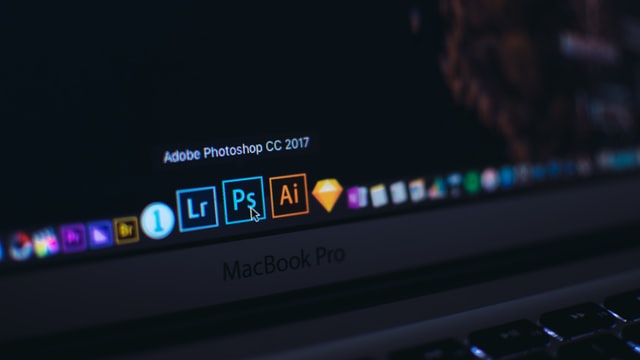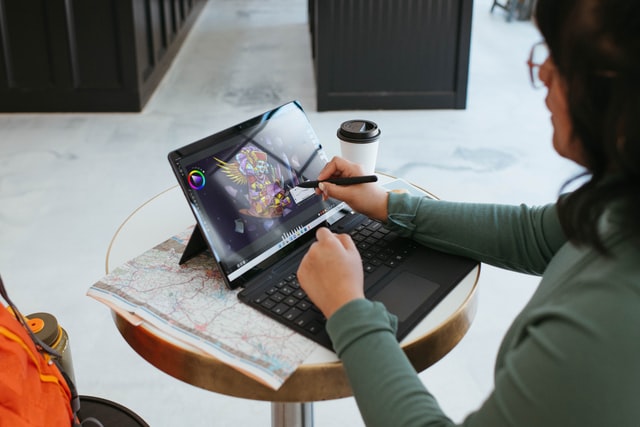Best Software for Graphic Designers
If you want to create graphics for your blog posts, ebooks, or other publications, there are plenty of tools out there that can help you. Some come with pre-installed templates, while others offer drag-and-drop options. Some even let you preview your work in real-time, ensuring that everything looks perfect before you publish.
Here are some of the top graphic design programs that can help you create beautiful visuals for your next project. There are also lots of free resources you can use to improve your skills and learn new techniques.
Best Software for Graphic Designers
1. Adobe Photoshop CC
Adobe Photoshop is a widely used photo editing software that has been around since 1984. It’s one of the most popular programs because it offers incredible capabilities for creating professional quality images from scratch.
And if you already have an image you need to tweak or repair, Photoshop will be your best friend. The program comes with tons of predesigned filters as well as creative brushes that can help you add depth and texture to otherwise flat pictures. If you’re not familiar with using Photoshop, don’t worry: the tutorials available online can get you up to speed quickly.

2. CorelDRAW Graphics Suite X7
CorelDRAW is a powerful vector drawing application that allows you to edit text, line art and shapes easily. You can make adjustments such as adding shadows and applying special effects like blur and sepia tones.
If you do a lot of artwork for print media, CorelDRAW will give you the power to prepare files for any type of screen or print medium. Whether you’re designing logos, brochures, or business cards, this tool has got you covered.
3. Adobe Illustrator CS6
With Adobe Illustrator, you can create beautifully stylized images, illustrations, cartoons, posters, and anything else you want. This program lets you manipulate photos you import or take right into the app. With layers, you can adjust everything from color to brightness and contrast and then save your creations directly to your computer or mobile device.
Other features include vector path objects, which allow you to draw lines on the canvas without worrying about pixelization, and blend modes, which enable you to simulate various types of painting techniques including brush strokes and watercolors.
4. Affinity Photo 2
Affinity Photo is a more compact version of Adobe Photoshop. When compared to its bigger brother, this powerful program puts all of the same bells and whistles at your fingertips. However, it does require a bit more effort to master—but once you get comfortable with the basics, you’ll see why so many artists prefer this alternative.
For instance, you can apply numerous effects to photos directly within the application and you can control exactly how the final result turns out. Plus, the interface is far easier to navigate than Photoshop’s daunting user interface.
5. GIMP 2.10
GIMP (GNU Image Manipulation Program) is another robust graphics suite available on both MacOS and Windows platforms visit leroijohnny casino en ligne to learn more. This free program is often praised for its ability to mimic the look and feel of high-end digital cameras. While most of these features are hidden behind sophisticated menus, they can still be accessed through keyboard shortcuts. Like most desktop imaging applications, you can use GIMP to enhance photographs, retouch faces or turn them into works of fine art.
Conclusion
To produce stunning visuals for social media, press releases, and other marketing materials, you should invest in a good graphics editor. Most of these tools offer similar functions and features, but each has unique strengths that make one better suited to certain tasks. All of the apps mentioned above are among the most effective options currently available.
